Sunday’s Classic / Are Gold Beaded Nymphs Out?
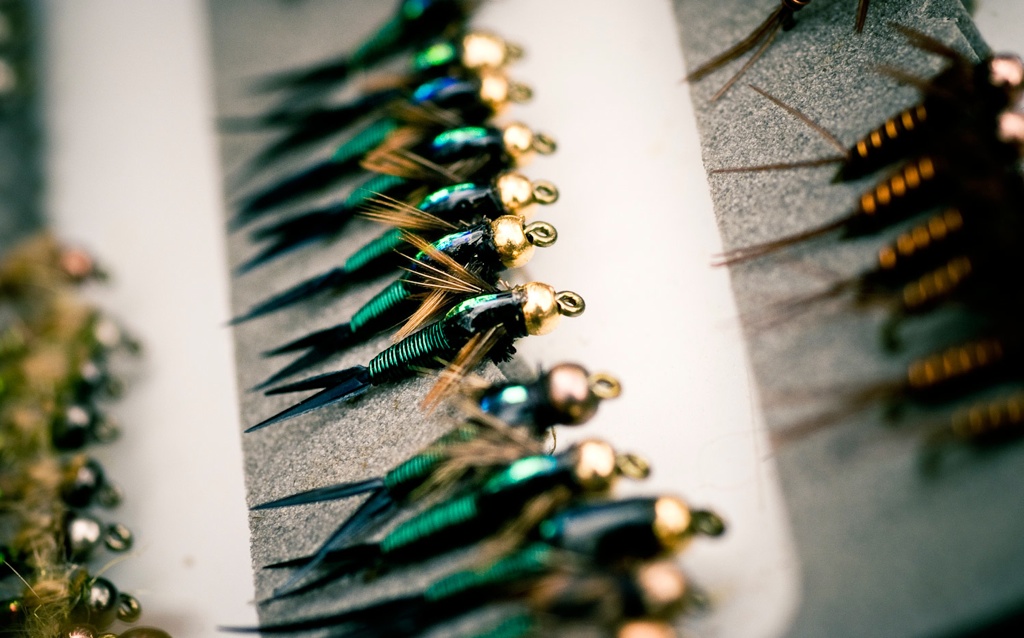
When I first started guiding for trout it seemed like every nymph in the fly bin had a gold bead on it. Everyone caught fish on them and you didn’t hear of anyone back then shying away from using them. So why do I find myself so reluctant to use them on the water these days? For some reason they don’t seem to work as good for me anymore. Maybe the trout have caught on from everybody using them, or it’s worked its way into their DNA as being a negative trait. More than likely it’s just the fact that there’s so many different colored bead options available to fly fishermen nowadays. Whatever it is, I’ve got a serious confidence issue with gold beads that keep them staying high and dry in my fly box. I always carry a black and brown sharpie marker with me on the water. This way I can quickly color over my nymphs with gold beads and they don’t go to waist. I’ve talked to many other guides about this subject, and many agree, claiming they prefer fishing non-beaded nymphs or nymphs with beads other than gold most of the time. George Daniels, champion competition fly fisherman, and fly fishing author, suggests using nymphs with black beads when fishing to educated and spooky trout. What’s your take on gold beads? Kent Klewein Gink & Gasoline www.ginkandgasoline.com hookups@ginkandgasoline.com Sign Up For Our Weekly Newsletter!
Read More »Saturday Shoutout / SCOF Magazine & Global FlyFisher
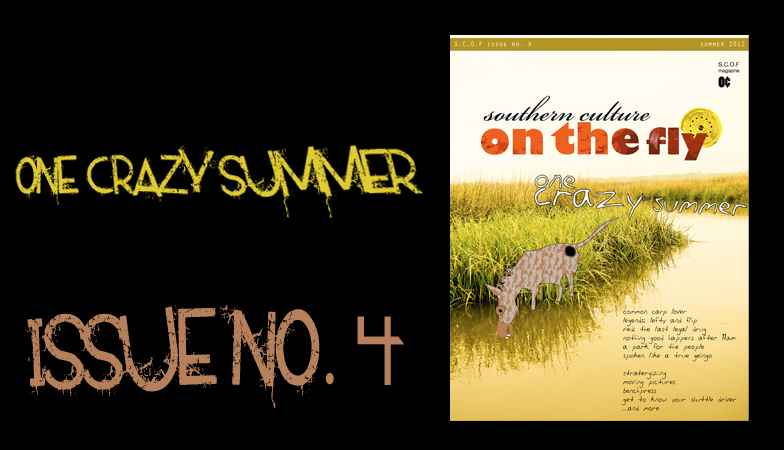
This weeks Saturday shoutout we encourage everyone to check out the new Southern Culture on the Fly issue, it’s rockin. I also give a shoutout to the Global Fly Fisher website, for it’s insane amount of fly fishing multi-media content for all types of fly fishing. Southern Culture On the Fly SCOF issue #4 kept me glued to my computer chair and entertained completely as I scrolled through the pages cover to cover. Veteran smokey mountain fly fishing guide, Ian Rutter writes a influential piece on why we should fly fish small wild trout streams more. Capt. Joel Dickey provides us with a very important article on Tarpon fishing and rigging, while Ryan Dunne talks southeastern carp on the fly. You get some musky video love, there’s a full serving article about redfishing, and much, much, more from other talented writers and tiers. But what I enjoyed most of all as usual, was Dave Grossman’s unique writing. His article, “Nothing Good Happens after 11am” had me busting a gut laughing all the way through. I’m not a dude that loves reading. I do it mostly for gathering information, but I have to say his writing style makes me enjoy reading because it’s so damn entertaining. If you’re not already a loyal S.C.O.F follower, this is a great issue to get you hooked. On a side note, I also need to give his partner Steve, props for his witty design work, which compliments Grossman’s writing perfectly. I respect Steve’s artistic style and courage to be different. Global FlyFisher Is the unbearable heat getting to you? Are you tired of the crowds and just feel like sitting around the house snacking, sipping on a cold beer, and learning about fly fishing? If the answer is yes, I recommend you check out the … Continue reading
Read More »Must Save Tokyo!
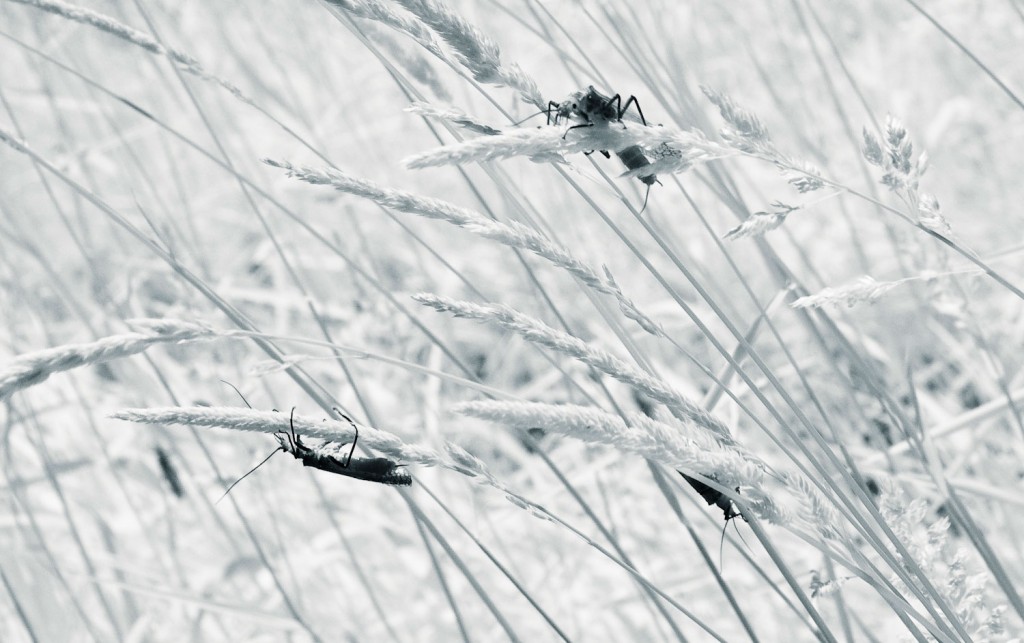
“Must save Tokyo,” I mutter in a completely offensive fake Japanese accent. My buddy John looks up to see what I’m staring at. Thousands of bright backlit forms are etched against walls of the Black Canyon and the deep blue Colorado sky like angels on a chapel ceiling. “Good lord, what are those?” he asks. This is his first salmon fly hatch. He has no idea what’s about to happen. I promised you big and ugly… Louis Cahill Gink & Gasoline www.ginkandgasoline.com hookups@ginkandgasoline.com Sign Up For Our Weekly Newsletter!
Read More »Don’t Fly Fish With One Arm If you Have Two
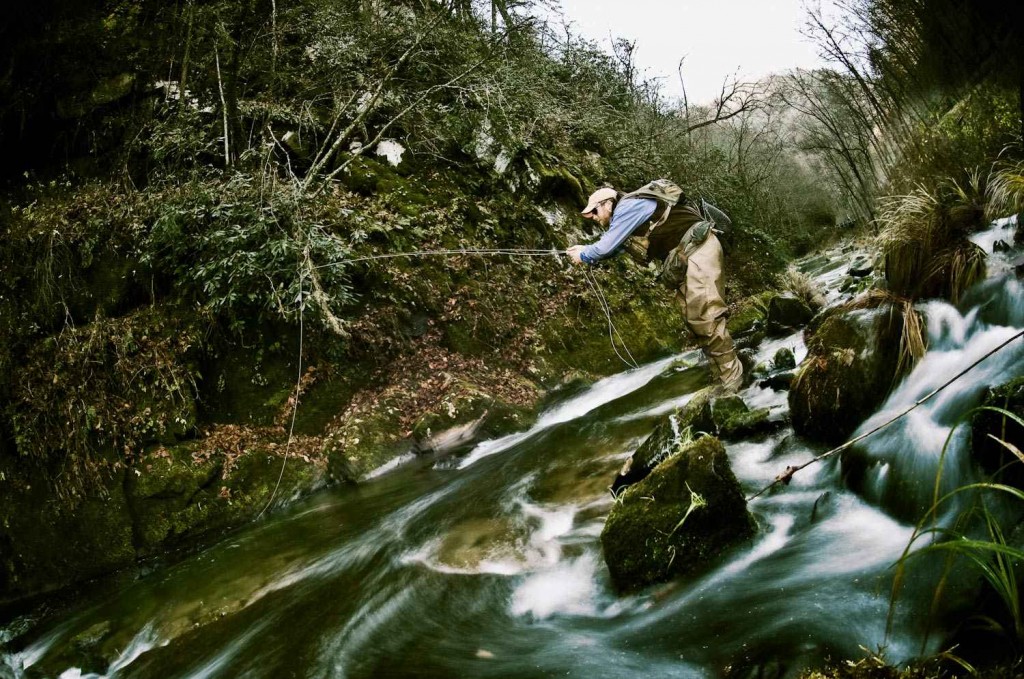
Better High-Sticking Technique
Now that I’ve got your attention, let’s talk about how important it is when high-sticking a fly rod to always utilize both of your arms during your drift. Perfect line management while high-sticking, often boils down to managing inches of fly line and leader. In many cases, it only takes a foot or less of fly line or leader on the water to catch current and destroy your drift. Many of my novice clients, and even some of my advanced clients, regularly high-stick with only one of their arms; choosing to keep their line hand and arm positioned down by their side during the drift. I don’t like high-sticking with only one arm for two reasons.
Reason #1 – High-Sticking with two arms promotes better line management
When high-sticking, you often need to micro-manage your fly line with small strips to keep 100% of your fly line and leader off the water during your drift. If you keep your non-rod arm straight down at your side, you’re not able to strip any additional line in during your drift. When high-sticking correctly, fly anglers should only have their strike indicator or dry fly on the water during their drift, keeping the rest of their leader and fly line off the waters surface. Done correctly, it will minimize the ability of conflicting water currents (currents flowing at different speeds) to have negative effect on your drift. If your nymphing, your flies will sink quicker and stay down in the strike zone longer, and if you’re dry fly fishing, your dry fly will stay drag-free and float the same speed as the current throughout your drift. With both fly fishing rigs, high-sticking correctly can consistently double your drift time in the prime trout water, and that means your flies will stay in front of the fish longer and hookups will increase. Utilizing both of your arms and hands when high-sticking will promote better line management and give your flies a more natural looking drift. Keep in mind that the closer you keep your stripping hand to your fly rod the more accurate and precise you can be with your strips and line management.
Reason #2 – High-Sticking with two arms puts an angler in better position to fight a fish
The second reason anglers should utilize their second arm and hand when high-sticking is they will be much more prepared after a hook-set to quickly strip-in if tension is lost. Quite often, trout will swim straight at you after being hooked, and slack can quickly be created between the fish and your rod tip if not eliminated immediately. Many fish are lost
The Last Cast
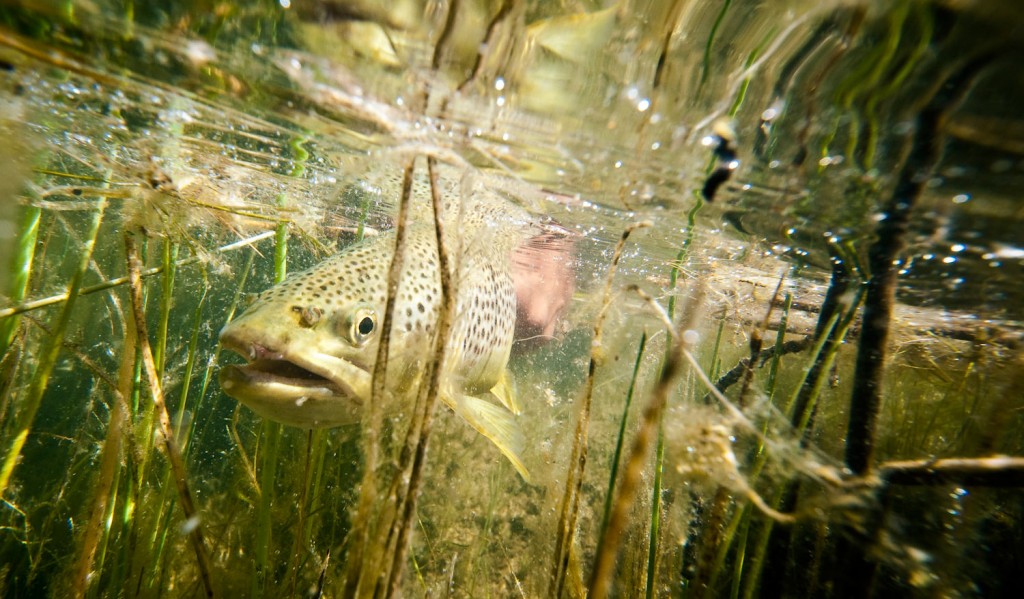
I guess I can learn from my mistakes. Her name was Penny. She was adorable, even before she smiled and when she did it was like sunshine. She was happy and carefree, I was angry and self destructive. I was about to graduate from high school and all I wanted was to get as far from my home town as possible. I wasn’t looking for a girlfriend and it shocked the hell out of me when Penny kissed me in the teachers bathroom. We went out a few times but I was too busy being a reckless and stupid kid to see what I was throwing away when I blew out of town without saying goodbye. I thought about Penny a lot in the lonely years before I found and married the love of my life. I thought about her the other day while I was floating the Watauga river in Tennessee. It had been a weird day of fishing. One of those days when nothing works for long. As soon as you get the hatch figured out, it’s over. Nymphs worked on and off but their boring to fish from a boat. Streamer fishing is my go to when floating but I hadn’t even gotten a follow in the morning. I tied one on in the afternoon and produced a nice rainbow pretty quickly. Then nothing for the next hour and a half. Two hundred yards from the take out I was ready to give it up. My buddy Brad was pushing us down stream and Kent was starting to collect the beer bottles and get his gear together. I started reeling up. I had taken up a fair bit of line when something caught my eye. There was a tree. A bush really but a big one, on … Continue reading
Read More »Sunday Classic / This One Is Just Right
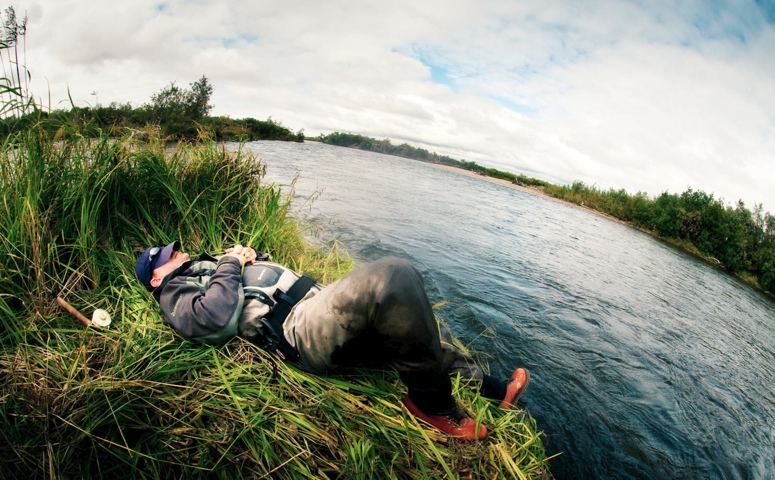
After a long day of fishing on the Kanektok River, Kevin Riley takes a nap in a bear bed on a piece of water the guides call Goldilocks channel. I wonder why they call it that? Louis Cahill Gink & Gasoline www.ginkandgasoline.com hookups@ginkandgasoline.com Sign Up For Our Weekly Newsletter!
Read More »Saturday Shoutout / Deneki Gets Totally Tubular
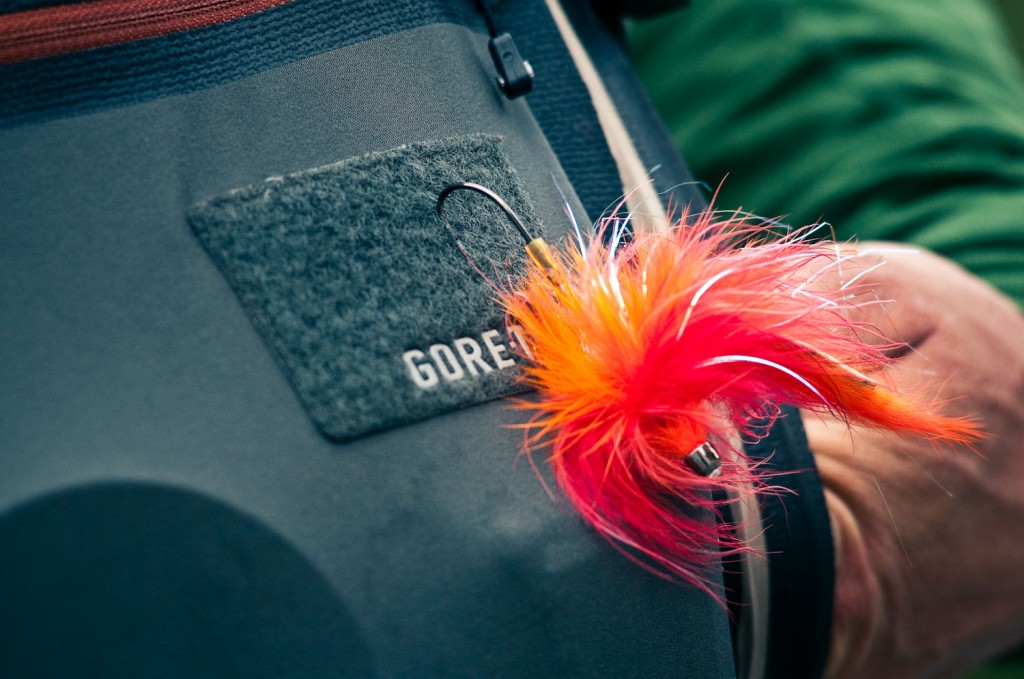
Tube Flies! I can already tell it’s my next obsession, but at this point I’m too new to it to speak with any authority. I scoured the Internet and couldn’t find any better content on the subject than from our friends at Deneki. Check out these three posts and get obsessed too! Tube Flies – Why We Like ‘Em Tube Flies – Introduction Tube Flies – Two Methods for Rigging Louis Cahill Gink & Gasoline www.ginkandgasoline.com hookups@ginkandgasoline.com Sign Up For Our Weekly Newsletter!
Read More »The “Shake and Bake” Method of Fly Dressing
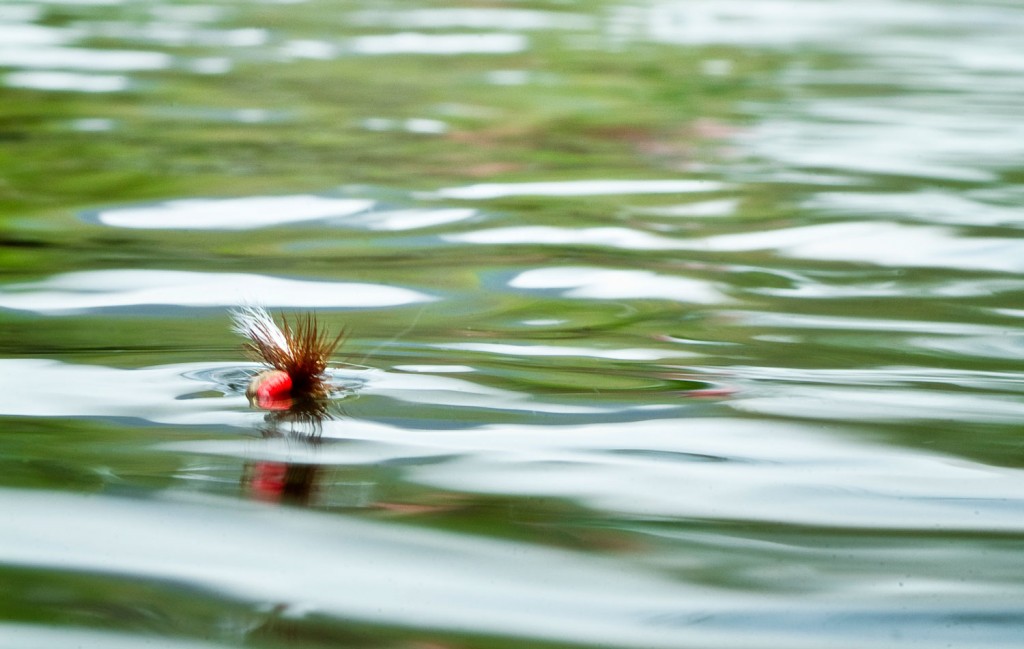
Will Sands shows me how he dresses his fly. “it’s like frying chicken” he tells me.
I love that, the guy from Colorado telling the boy from Georgia about frying chicken. I’ll admit that I was skeptical at first but Will’s “Shake and Bake” method really works, for flies anyway. That’s not how we cook chicken where I’m from.
CHECK OUT THE VIDEO!
Read More »Fly Fishing Shade In The Summer Can Keep You Hooked Up
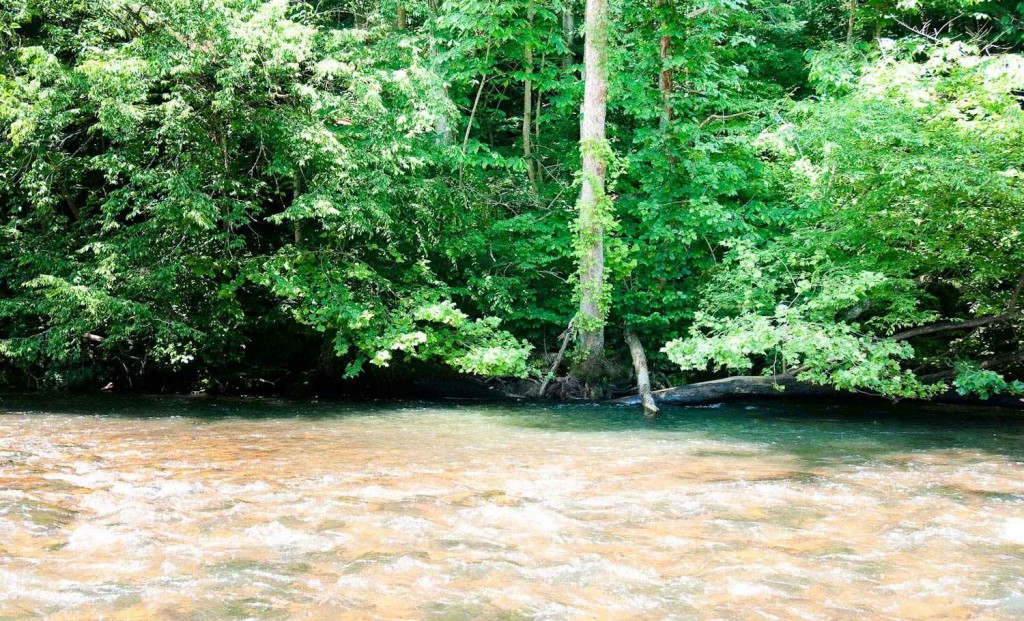
When summer is in full swing water temperatures are at their highest levels of the year. Fly anglers can stay in the action longer if they concentrate on fishing shaded areas. I don’t care if you’re on the lake fly fishing for bass or on your local tailwater chasing trout, I’ve found shaded areas consistently attract fish during the summer months. Shade offers fish shelter from the sun and also cooler water temperatures. Any shade is good, but if you can find shade and deep water together, you’re generally going to be looking at a honey hole this time of year. Fly fishing during the summer can often be very challenging for fly anglers. Fish can become lethargic in the summer heat and they tend to feed more in the morning and late evening, and rest during the middle and afternoon hours of the day. Fly anglers that understand this, generally opt for starting their day extra early or focus on the late evening bite. Doing so, they maximize their fishing time on the water when the sun is the lowest in the horizon and the fish are the most active. Next time you’re out on the water this summer and the bite gets tough, try searching out shaded areas on the water and you should be able to pick up a few more fish. Keep it Reel, Kent Klewein Gink & Gasoline www.ginkandgasoline.com hookups@ginkandgasoline.com Sign Up For Our Weekly Newsletter!
Read More »What To Tie and What To Buy
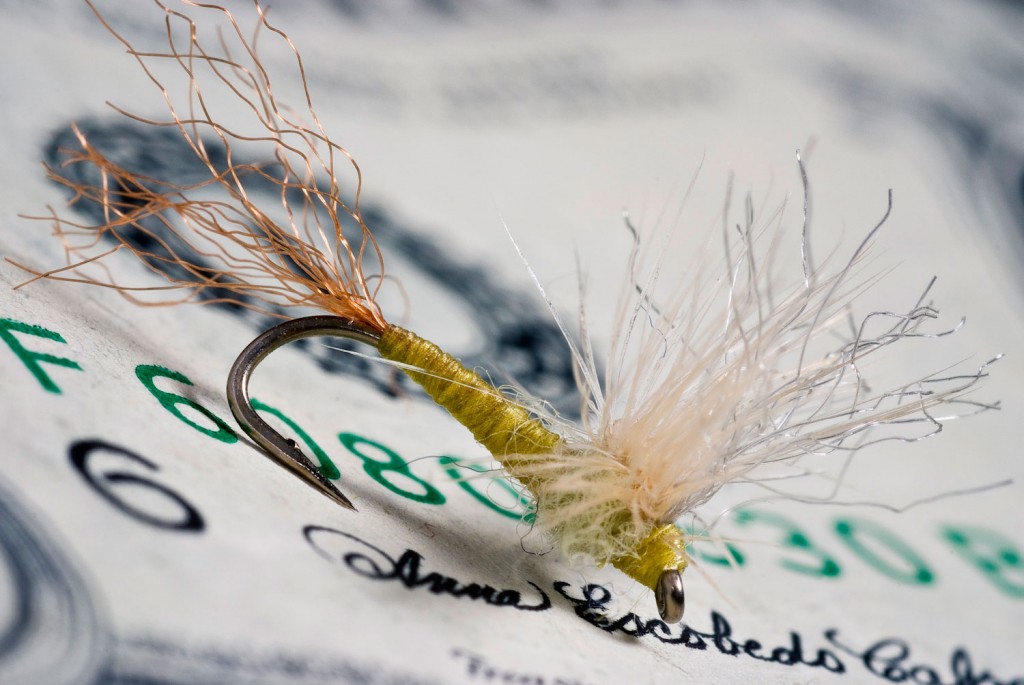
I should be sleeping. Oh man, that would feel good, it’s been a while. I’m flying to Colorado tomorrow. I wouldn’t be home today if a crown hadn’t fallen out of my mouth. This would have been the third trip in a row with only one day at home between but an emergency dentist appointment has bought me a night to tie flies. That’s how summer is for me. These days it’s kind of how winter is too. With all of the travel and shooting and fishing and writing, there’s no time to tie. When I drive, I travel with a tying kit. I pack the materials I think I’ll need for the trip at hand and tie a few flies for the day. When I fly, I’m screwed. I find myself, time and again, on some piece of epic water fishing the dregs of the box or begging flies from a buddy. In a perfect world I’d tie all of my flies but my world is far from perfect. With one night to tie, I’m faced with a question. What do I tie and what do I buy? It’s triage. Here’s how I prioritize. First priority, the hot stuff. Like every angler I have proprietary patterns. My dirty little secrets. The flies I don’t talk about. The ones you have to fish with me to see. They’re hot and I can’t buy them when I’m out. They’re first on the list. Second priority, hot materials. There are some classic patterns I fish that I tie with little variations. A different color, a little more flash, maybe it makes a difference and maybe it doesn’t but I like to show the fish something different so those flies are next on the list. Third priority, the simple stuff. This is where … Continue reading
Read More »